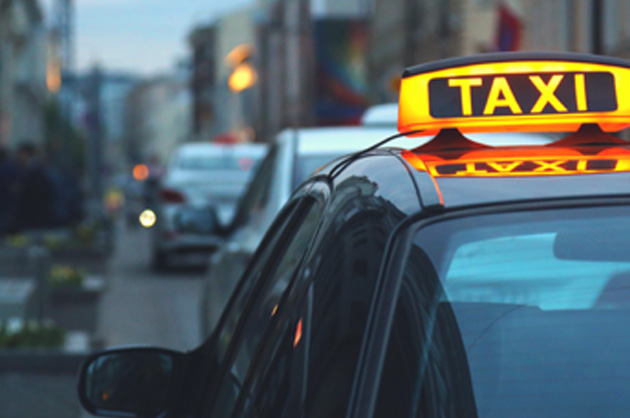I want to change jobs – how do I become a taxi driver?

After the upheaval and uncertainty of the pandemic, many people are reconsidering their career choices, especially their work-life balance.
People want to spend more time at home with loved ones and leave the rat race and slog of the daily commute.
Becoming a taxi driver essentially means running your own business and being your own boss. You decide when and where to work. And you get to meet some fascinating people along the way.
Like most other sectors, the taxi industry was hit hard by the pandemic, but as restrictions have finally lifted, demand is outstripping supply.
It is a regulated industry, which means you can’t just turn up at a taxi office with a car and start working. There are checks each driver and their vehicle must go through to keep themselves and their passengers safe.
Before you do anything, you must have a full UK or EU driving licence which you have held for a minimum of 12 months.
It is also worth undergoing training to prepare you for the variety of life as a taxi driver. Being prepared will help you stay in control of your workplace and livelihood and means you will enjoy your job more.
Having taken the decision to leave your previous role, the first step to joining the taxi industry is formal training. This will help shape your business as well as making you more attractive to taxi firms.
For those just leaving education, qualifications such as a Level 2 Certificate in Road Passenger Vehicle Driving – Taxi and Private Hire would make you stand out against other candidates looking to begin their journey in the working world.
Drivers who already have taxi licence and experience can apply directly to a firm. They will have to meet the registration and licensing requirements of both the taxi firm as well as the local authority. They might also be asked to complete a driving skills assessment.
Prior to picking up their first fare for their new firm, drivers will have to pass background checks, including criminal record. Some taxi firms may even ask you to complete a knowledge-style test of the area that you will be working in. This is a great opportunity to get to know a place and will make your job easier and more enjoyable in the long run.
And before they get behind the wheel for the first time as a taxi driver, they must have taxi insurance to protect themselves and other road users in the event of a bump. This also protects their livelihoods and makes sure they are back on the road as quickly as possibly if anything unfortunate does happen.
Once checks have been made and the vehicle is insured and up to standard, the role of the taxi driver is all about people. You will pick up all sorts of people from all walks of life including the school run, shift workers, those enjoying a night out and even celebrities.
Some may be in the mood to chat while others might prefer to sit in silence and gaze at their mobile phones. Some might be rowdy after a few drinks.
Drivers have to use their people skills to judge the situation. Pointing out landmarks and points of interest along the route may engage some customers, while others may want to tell you their life story, in which case, listen and be polite.
It’s also worth keeping up to date with roadworks and diversions so you know which routes to avoid or can explain to passengers why there is a delay.
You should also make sure you know how all the technology in the car works, from the sat-nav to dash cams and payment systems. It will make your job easier and is more professional when dealing with clients.
While the aim is to make each trip enjoyable and uneventful, it is important to know what to do in the event of a breakdown or collision so that you and your passengers remain safe and can be on your way again as quickly as possible.
Another vital part of being a taxi driver is keeping your vehicle clean – inside and out. It is the first thing passengers see and reflects on the driver, the taxi firm and the industry.
Being a taxi driver is a varied and interesting job and there is a strong bond between drivers who really do look out for each other.






